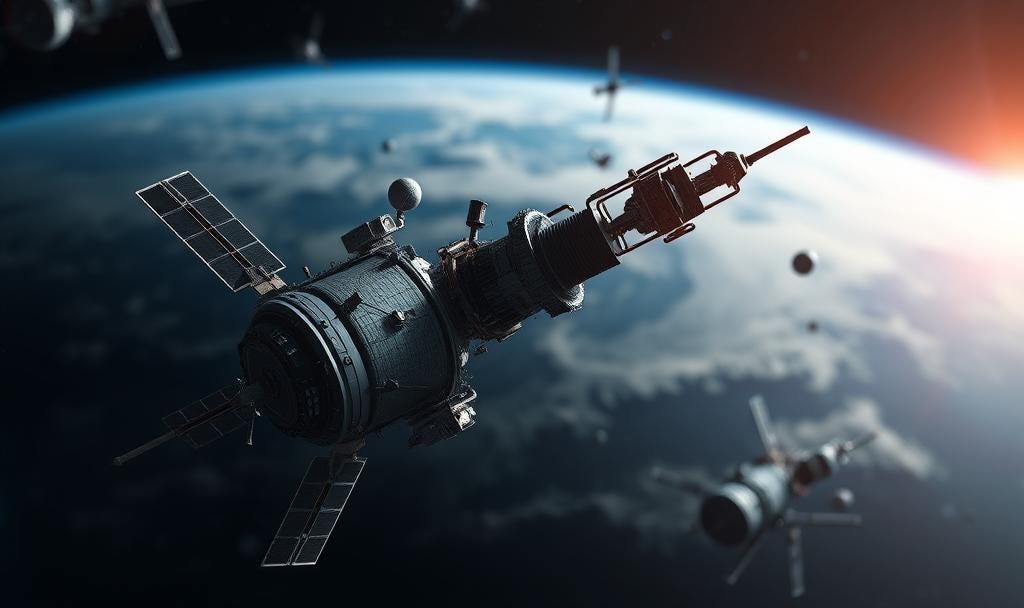In the vast expanse of low Earth orbit, a silent crisis unfolds: millions of fragments from defunct satellites, spent rocket stages, and collision debris threaten the sustainability of space activities. As satellite constellations proliferate—driven by commercial ventures like broadband networks—the …
Keep reading with a 7-day free trial
Subscribe to The Journal of Space Commerce to keep reading this post and get 7 days of free access to the full post archives.



